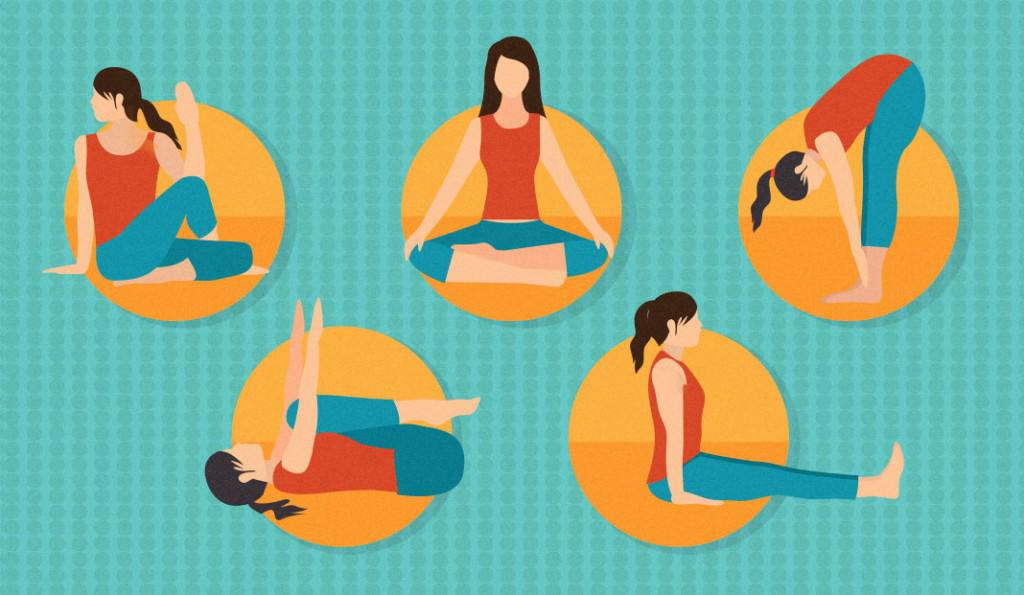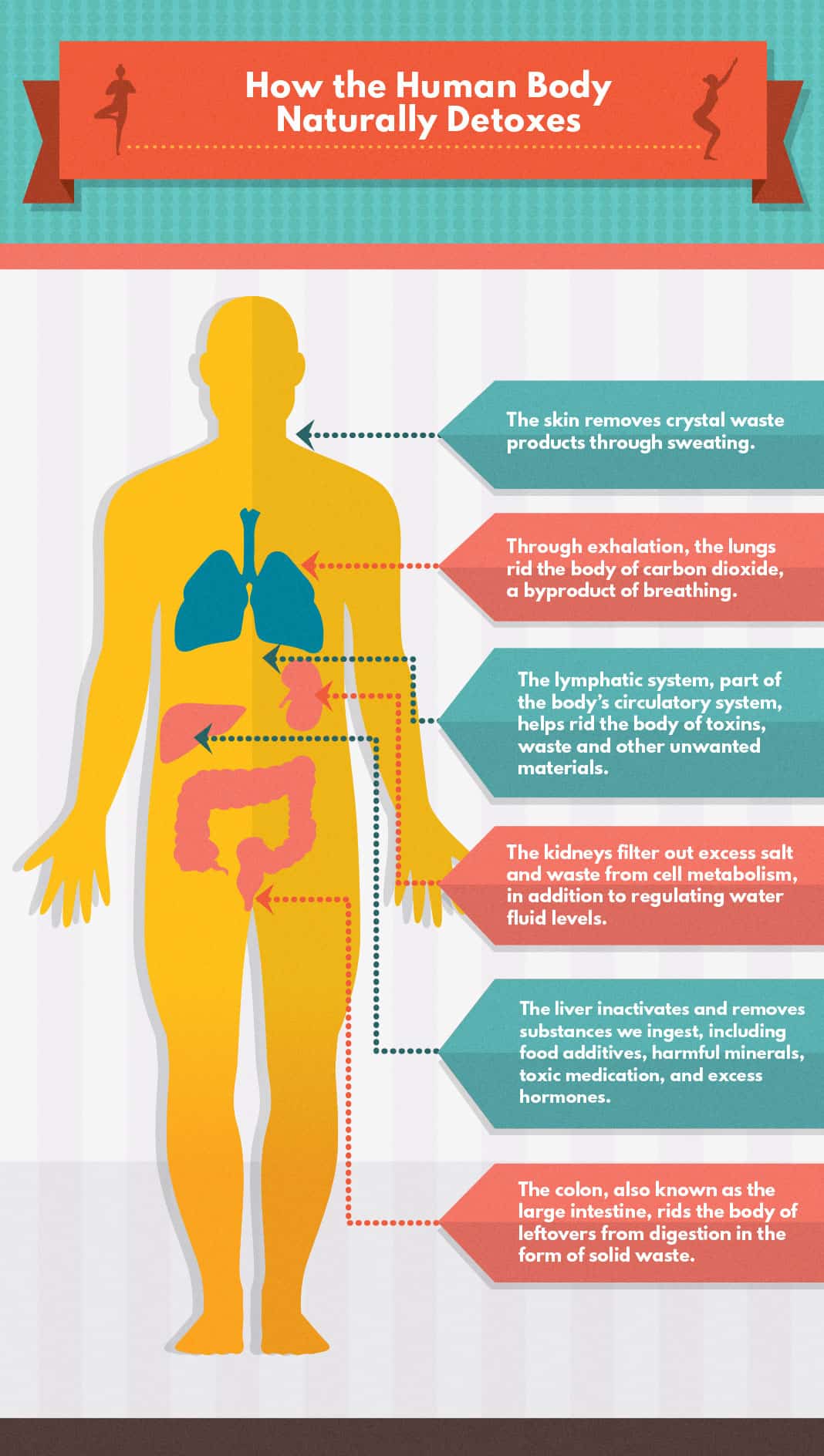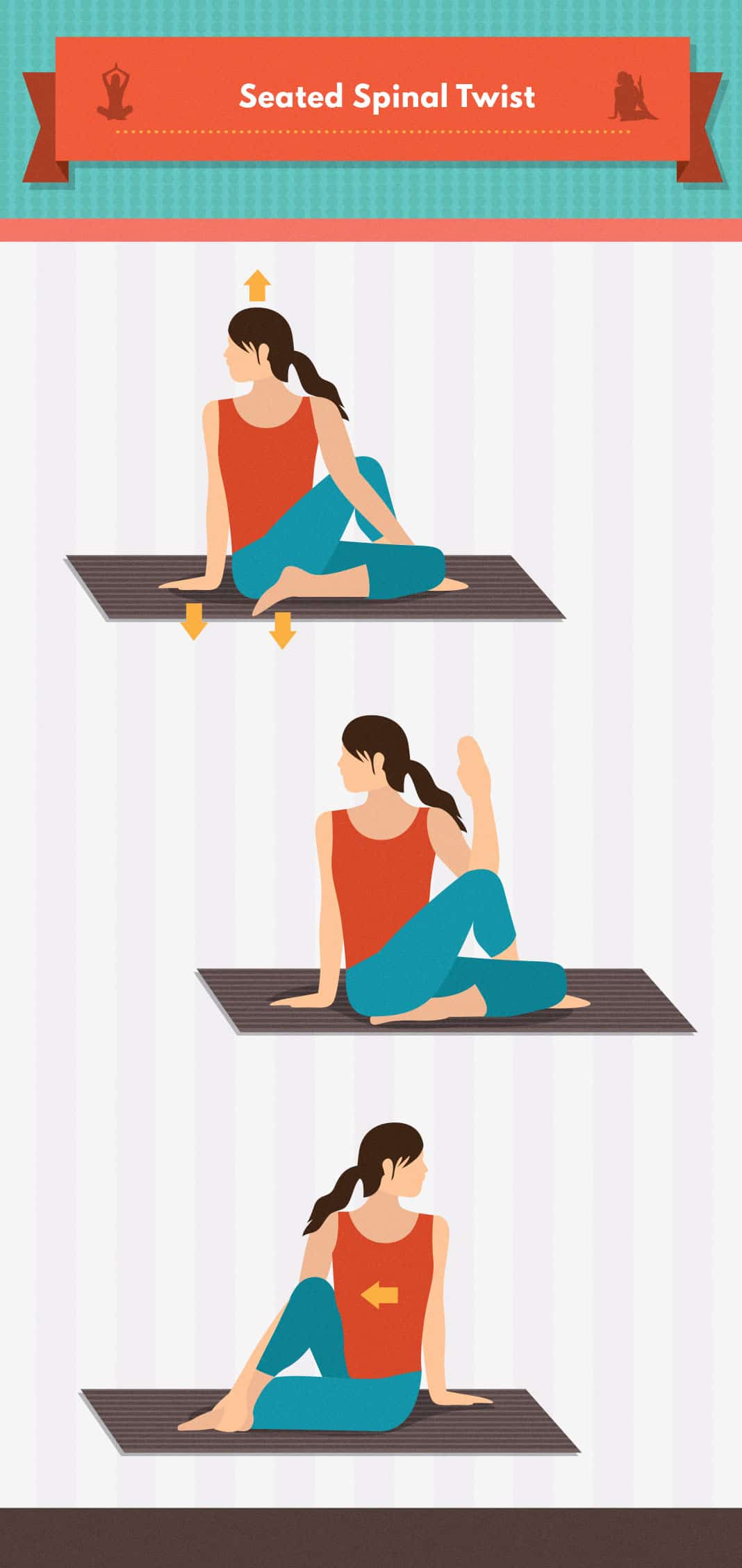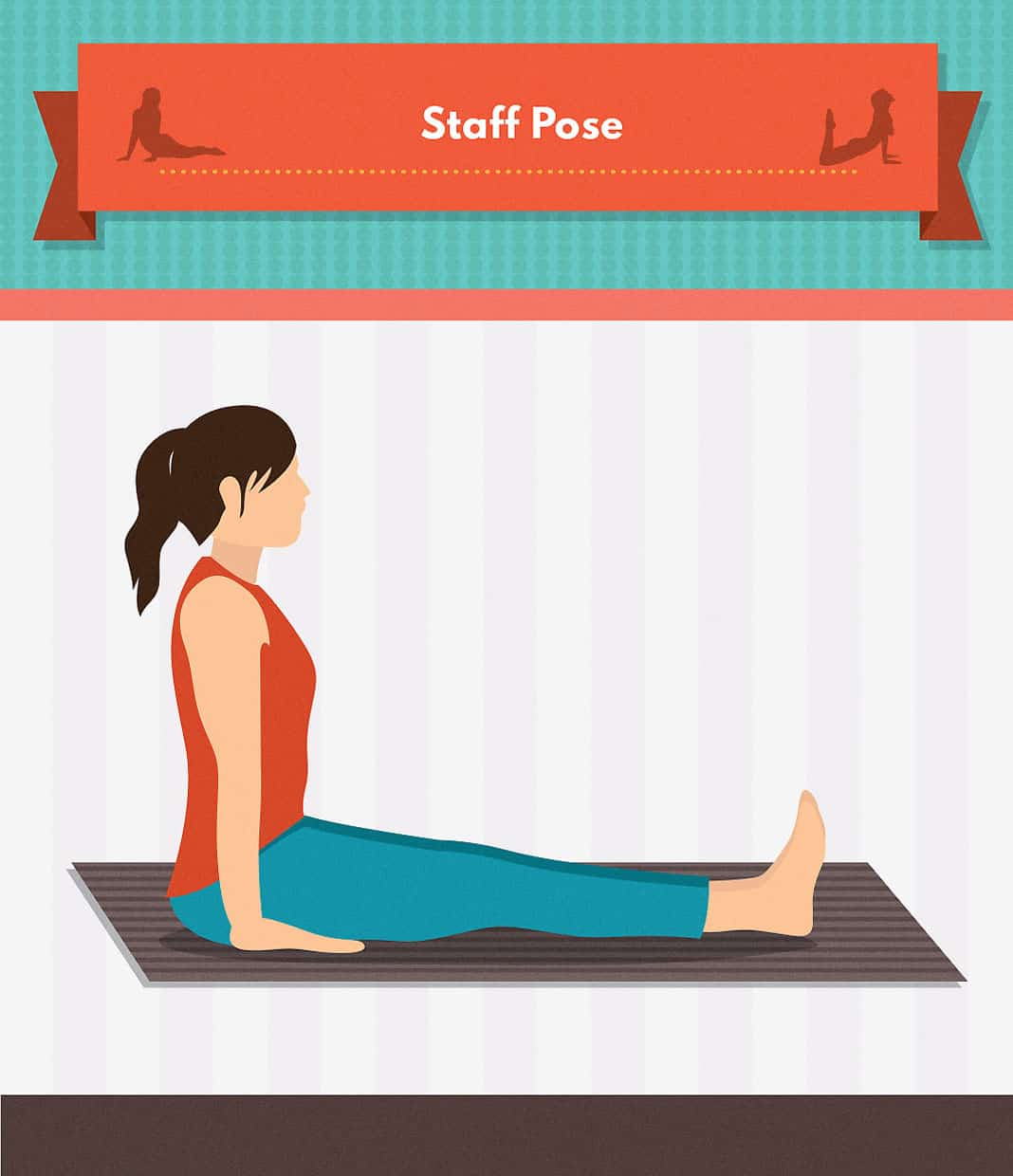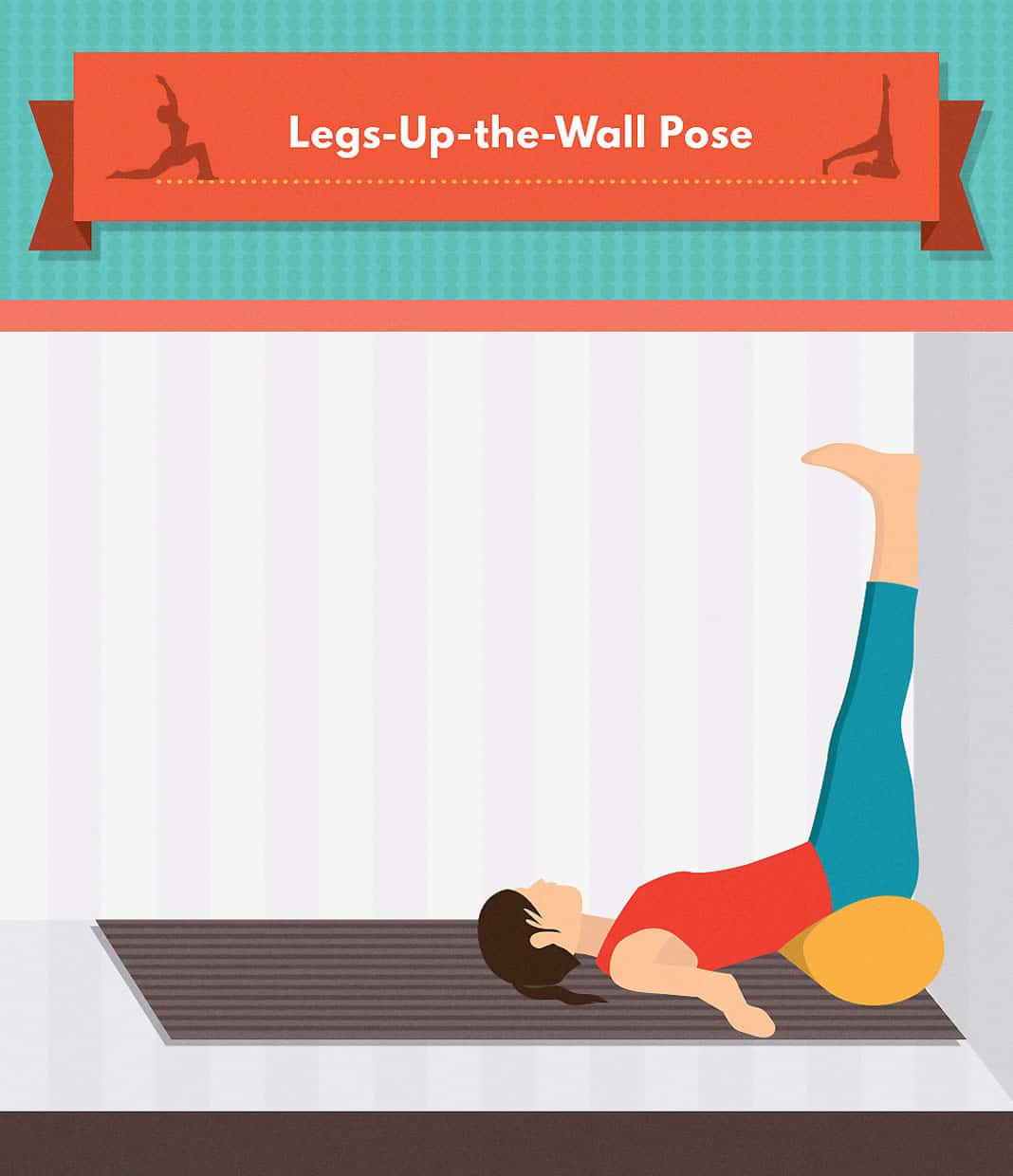
The death of Freddie Gray and the questions surrounding it are an ongoing issue that is sparking protest and violence across the city of Baltimore. While this event in Baltimore's history is far from over, I think it is important work to begin to look forward to what happens next. Marches, protests, looting, peace, and violence cannot change anything about what has already happened; Freddie Gray is no less dead, his family is no less grief-stricken.
What matters is where we go from here.
I have said it before and will say it again: real change requires a cultural shift. Once this cultural shift occurs, everything else changes.
To wit, everyone needs to care about other people's children as much as they care about their own.
We need to value the neighborhood two streets over as much as we do our own block.
"We" is defined as everyone, regardless of race and income level (because we are talking about socioeconomics here. Let's not kid ourselves and think that racism is over - take a quick peek at Twitter - but the new racism is institutionalized socioeconomic oppression. But I digress. Sort of. Not really.
It's easy to say that these things need to change, harder to change them. Everyone is an armchair quarterback, criticizing and dissecting and saying what should have been done.
NONE OF THAT MATTERS.
It is impossible to forget the legacy of violence, racism, oppression, and white supremacy in this country, but we need to move forward. We can forgive without forgetting. We can change things and honor those who came before.
Maybe a cultural shift is the only way true change will occur, but we can nudge it along with action that involves the entire community. Here's how, starting with education.
Before we begin, here's a disclaimer: These are generalizations, but they are based on research first and experience second. This is not the blathering of someone who has not done their homework, and it's not simply anecdotal (although as someone with 16 years of experience as a teacher I can certainly offer concrete examples). Feel free to offer alternate sources if you feel it's warranted.
Education
Students from low socioeconomic (SES) neighborhoods (predominantly minority but let's talk about all low-SES students) come to school not knowing how to read or sometimes even recognize letters. Many students from middle- and high-SES neighborhoods have been reading environmental print and recognize their names along with other everyday words. They may be writing. They may know the alphabet, and some may be reading many levels above kindergarten.
Based on this second group (higher-SES students), national standards have been written to require kindergartners to reach certain benchmarks prior to moving to the next grade. A student coming to school who does not recognize their name or know the alphabet is targeted for remediation. This could come in the form of additional classes or pull-out study groups.
If these students do not catch up to their peers by the 3rd grade, if they are not reading and writing on grade level, the rest of their schooling career, however long or abbreviated it may be, will be marked by extra classes for reading and math, and limited classes in the arts or PE.
So here's what happens, and we will use a young male as an example.
William comes to school as a low-SES student. He knows letters exist, but chances are good that in his neighborhood and family, there are not many books or magazines around. So although he is a curious, bright-eyed, active little boy, he tests poorly on kindergarten entrance tests and is immediately flagged for remediation.
First, he gets pulled out of regular classes when students are working on small group work, so he misses crucial information on how to work well in a group.
As the year progresses, William makes some strides forward, but not fast enough to meet the benchmarks, so he gets pulled out of his once-weekly art class and his twice-weekly PE class. Now William is in academic seatwork mode every day, all week long.
He is five. He is squirmy.
He begins to get antsy during the day, especially after lunch time. He starts to talk out in class, get up and wander around.
Suddenly, William is labeled as a behavior issue. His parents are called. They may come in, they may not come in, but they report that he is fine at home. After school he goes to a program where he runs around and then comes home and goes to sleep. This activity combined with a school day that starts at 7 a.m. and ends around 5 p.m. means there are few issues at home that aren't age appropriate (he is only five). The school repeats that William has behavior issues, and they put him on some sort of behavior monitoring system, sending William home with a red, yellow, green checklist to be signed nightly. This may or may not get signed because it may or may not get home. William is, after all, five years old.
Now William has gone from being an active, curious five-year-old entering kindergarten to meet new people and learn, to a behavior problem who is failing and may need to be held back. He gets no time out of the classroom setting and is not often working in a group because he is pulled out to drill in reading and math.
This continues, and by the time William reaches third grade, not only is he not reading fluently, but he is having trouble getting along with his peers and working in groups. He has not been able to develop any artistic talent because he has been out of those classes and there is no money for special art supplies or classes at home. His behavior has caused him to miss field trips. He hates school and thinks his teachers hate him. His parents are fed up with William, fed up with school, and don't know what to do with the continuing negativity.
Now, since William isn't a fluent reader, he is on the fast-track to dropping out and continuing the cycle of poverty.
This is a long anecdote to illustrate the path of millions of low-SES kids in our school systems. Of course some get out of the cycle of poverty, but relatively few. And newsflash: the majority of public school children are living in poverty. And the majority of school-aged children are in public school.
So what can we do? Throwing money at the problem hasn't helped. National standards haven't helped. Here's what will help.
1. Make the solution inter-generational. Parents in low-SES neighborhoods often have the same issues their children face. They may be functionally illiterate, which may prevent them from getting a job that pays a living wage. Offer parents the opportunity to come into the school to get their GED, take continuing education classes (including classes in the trades), and learn job-seeking skills. Then help parents with employment placement (team up with already-existing resources in the city or see #4 in funding options below) and offer computers, printing stations, and a quiet place for the whole family to do homework or study in the evening.
2. Implement solution #1 by offering flexible school hours. Parents who do have jobs cannot come to class during the day, and if their kids are home at night parents are faced with the choice of leaving them alone or not going to class. Schools need to adapt to the needs of their communities. If the community needs a school to function as a resource during the evening, then it should remain open.
3. As with everything, the most effective implementation of this will occur if teachers and administrators live in the community they serve. This may mean developing a teacher training program for students who are currently in high school, offering students the guarantee of a job as a teacher in their former school when they become appropriately certified. High schools can team with local community colleges to offer students who are interested dual enrollment opportunities. There are several of these types of structures already in place in Baltimore city, but making sure students and parents are aware of them is key. And because there are placement criteria and attendance criteria, this process needs to begin in middle school.
4. For #3, this means having counselors in place starting in middle school who are actually counseling students on all of the opportunities that are available to them. This includes college, trade school, travel as a part of a volunteer organization, taking a gap year that includes and internship, and other opportunities that high-SES neighborhoods have at their fingertips.
5. Middle school needs to be more effective. Counseling needs to start in middle school because that is when the decision to drop out is made.
"In high-poverty schools, if a sixth grade child attends less than 80 percent of the time, receives an unsatisfactory behavior grade in a core course, or fails math or English, there is a 75 percent chance that they will later drop out of high school — absent effective intervention."
Effective intervention includes academics that encourage exploration, lots of peer interaction and discussion (including instruction and direction on how to communicate effectively), and programs that help identify and develop a student's individual talents. Field experiences and travel into the world, even for an overnight trip out of state, can be eye-opening to students who have not been out of their neighborhood. Merciless test prep and lecture are lethal; they are neither engaging nor educational. Learning how to learn, explore, ask questions, and advocate for themselves should be the primary function of middle school. Academics can support these goals without superseding them.
So the big question: how is this funded?
1. Immediately stop all nationally standardized testing. In Baltimore City, this means an additional $2,268,000 in the budget (or more, as the national average of per-pupil spending on standardized testing is $27 per student, and BCPS has a current enrollment of approximately 84,000 students).
2. Trim the administrative fat. School districts are notorious for top-heavy paydays for administrators who are part of the system in name only. Identify essential personnel in administration and eliminate the rest. This is a painful process, but it can be done in such a way to utilize the talents of administrators who are willing to dedicate themselves in other areas of the system.
3. Tap community resources: the people. To generalize a community and say that they aren't interested or don't have anything to offer is absurd. The hard part is identifying where people shine and helping them to share it with the school. This can be in the form of after school homework help or classes in art, music, and other enrichment areas. I am a former educator who started and ran my own accredited, non-profit school, but my daughter's high school has not asked for my assistance to volunteer in any capacity. I feel unwelcome in the school, and communication home is poor and sporadic. For a school to thrive, the community must be invested in its success.
4. Tap community resources: businesses. Administrators at each school should be tasked with developing relationships with businesses both large and small to offer internships and practical support. These relationships are not one-way streets; there are many ways in which a school can help a business. The ways in which each can benefit the other will be highly personal to each school. The school district should work to develop relationships with national companies or larger companies in the Baltimore area. Companies like Underarmour have a wide range of teaching and training opportunities, and they also have a large potential workforce.
(side note: If Underarmour would bring manufacturing to Baltimore they could help schools implement specific training programs for design and production in the schools. This would not only offer potentially thousands of jobs to Baltimore but it would also give them the cachet of being "Made in America.")
These ideas are just the beginning, and each needs specifics and further development. They require looking at education differently, focusing more on the assets that a student and his or her family brings to the table instead of what's missing. It eliminates deficit-model thinking, involves the community surrounding the school, and promotes multiple pathways to success. It expands the borders of a student's life and helps them to see that there is more in the world.
Most importantly, it stresses that there is no "us" or "them." It is "we" working together to offer our children the support and the voice they need to be successful in the world. It is the community tailoring the school to their needs and goals, not an administration or a federal government dictating what each student learn.
Is it easy? Of course not. Nothing worth a damn comes easy, unfortunately. But progress would be steady and visible. The payoff of real empowerment is people who care about what happens to their not only themselves but also their neighbors.
Next stop: policing and housing.
Please add to the conversation below.
Updated to add: Alice Goffman: How where you live can determine your path to college — or prison
(image source)




